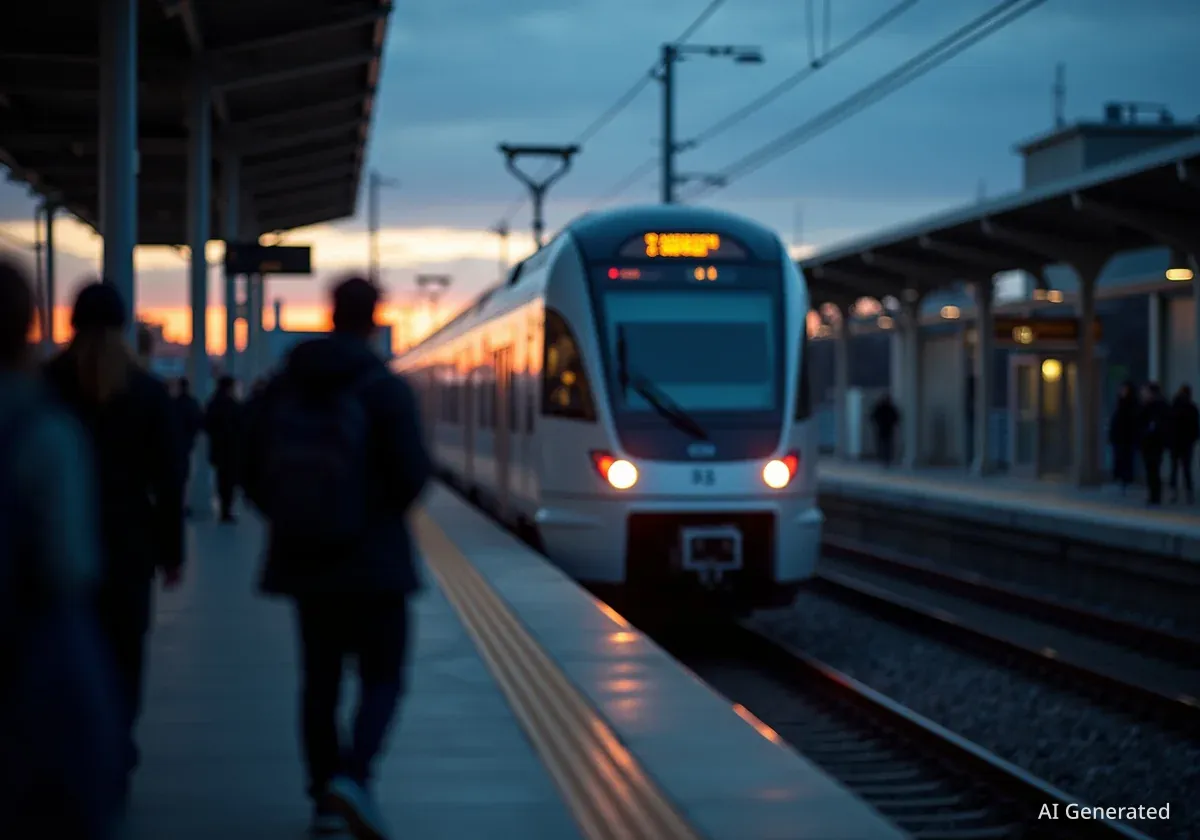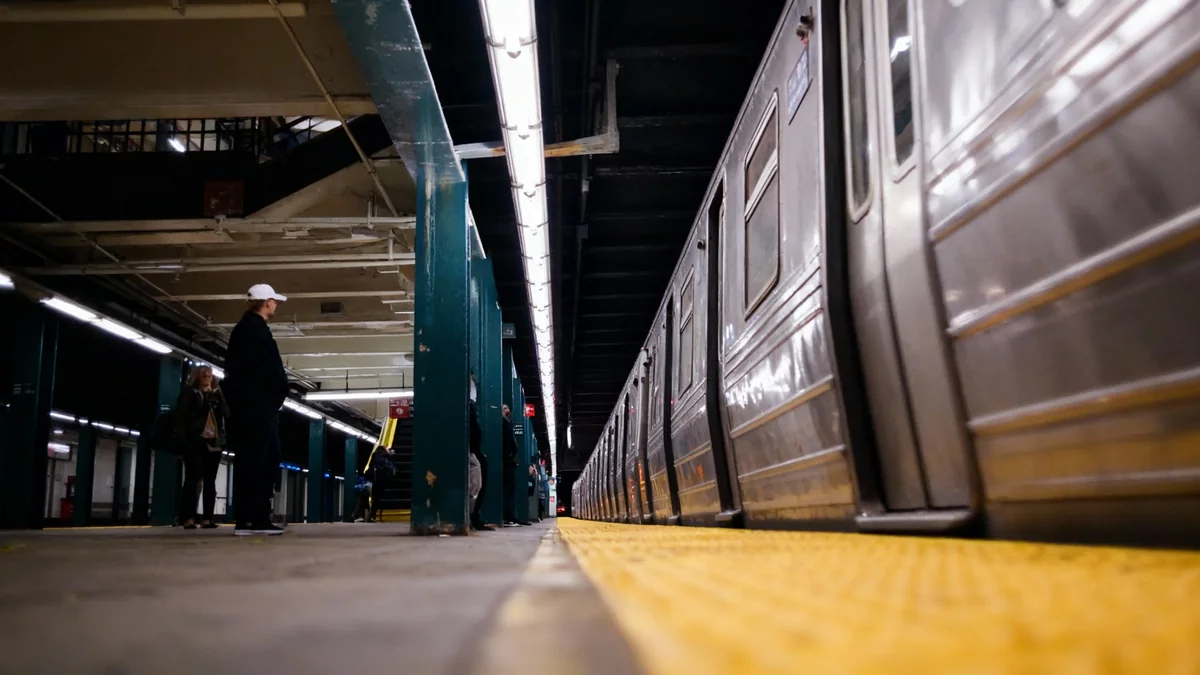The historic Durango & Silverton Narrow Gauge Railroad, a key tourist attraction in southwest Colorado, has temporarily suspended operations. This closure is due to significant flooding caused by heavy rainfall in the region. Crews are actively working to clear debris and repair damage to the railway line.
The interruption affects a popular route known for its scenic journeys through the San Juan National Forest. Officials have stated their commitment to resuming service as soon as conditions allow, emphasizing the ongoing efforts of maintenance teams.
Key Takeaways
- Durango & Silverton Narrow Gauge Railroad is temporarily closed.
- Historic flooding in southwest Colorado is the cause.
- Maintenance crews are working to restore service.
- The railroad is a National Historic Landmark, operating since 1881.
- Over 140,000 passengers use the service annually.
Historic Railroad Faces Flood Challenges
The Durango & Silverton Narrow Gauge Railroad has been a cornerstone of southwest Colorado tourism for over 140 years. Established in 1881, this steam railroad offers passengers a unique journey through the breathtaking San Juan Mountains. The route connects Durango with the historic mining town of Silverton, traversing rugged terrain and offering views of peaks exceeding 13,000 feet.
As a National Historic Landmark, the railroad holds significant cultural and economic importance for the region. It attracts more than 140,000 passengers annually, contributing substantially to the local economy. The current closure represents a notable disruption to both tourism and the daily operations of this historic attraction.
Railroad Facts
- Established: 1881
- Designation: National Historic Landmark
- Annual Passengers: Over 140,000
- Route: Durango to Silverton, Colorado
- Power: Vintage steam and diesel locomotives
Impact of Record Rainfall
Southwest Colorado has experienced record rainfall in recent days, largely due to tropical storm activity. This unprecedented precipitation has led to widespread flooding, impacting various communities and infrastructure. The railroad's Facebook post on Wednesday highlighted the severity of the situation.
According to railroad officials, their maintenance crews are engaged in a continuous battle against the elements. Their primary goal is to keep the rail line clear of floodwaters and debris. This work is essential to ensure the safety and structural integrity of the tracks.
"As Southwest Colorado receives record rainfall from tropical storms, we'd like to recognize the efforts of our maintenance crews as they battle the elements to keep our line clear from flooding and debris. We appreciate the understanding of guests who have been affected by service interruptions during this period and plan to resume our normal schedule shortly. Operating trains in the San Juan Mountains is never easy, but the men and women of the railroad have kept this line running for over 140 years. It requires an unwavering commitment to keep the history of the Silverton Branch alive, and our team is up to the challenge."
This statement underscores the dedication of the railroad's team to overcome the current challenges and maintain the legacy of the Silverton Branch.
Community and Regional Flood Effects
The flooding extends beyond the railroad, significantly affecting local communities. Over the weekend and into Tuesday, areas near Vallecito Creek and Pagosa Springs saw evacuations. Reports indicate that at least 90 homes have sustained damage due to the rising waters.
Weather forecasts suggest continued challenges. An additional 1 to 2 inches of rain were possible across the region through Tuesday night. There was also a possibility of thunderstorms, which could exacerbate existing flood conditions. A flood watch remained active for the southwestern corner of the state through late Tuesday night, indicating ongoing risks.
Background on San Juan Mountains
The San Juan Mountains are a rugged range in the Rocky Mountains, primarily located in southwest Colorado. Known for their dramatic peaks, dense forests, and rich mining history, they are a popular destination for outdoor enthusiasts. The region's geography makes it susceptible to flash floods during periods of heavy rainfall, as steep slopes and narrow canyons can quickly channel large volumes of water.
Efforts Towards Resumption of Service
The railroad management has expressed a strong commitment to restoring normal operations. Crews are working diligently to assess and repair flood damage along the tracks. This process involves clearing fallen trees, removing mudslides, and inspecting the stability of the railway infrastructure.
Passengers who have experienced service interruptions are encouraged to check the railroad's official communication channels for updates. The timeline for reopening will depend on the extent of the damage and the ongoing weather conditions. Safety remains the top priority for both the railroad staff and the traveling public.
The resilience of the Durango & Silverton Narrow Gauge Railroad, which has operated for over 140 years, is being tested by these historic weather events. The collective effort of the maintenance teams aims to ensure that this iconic Colorado attraction can once again welcome passengers to its scenic mountain route.





